Types of content marketing appeared in earnest at the turn of the 20th century when John Deere released the first brand-owned and sponsored magazine in the US. Similarly, experts point to Jell-O’s cookbooks, and the Michelin Guide’s restaurant rankings as sparks of the ethos that communicating with customers doesn’t always have to be related to getting their business. Sometimes, brands do better to just inform their customers, or better yet, simply talk with them.
Thanks to technological advances, marketers now have many content types to choose from when orchestrating a targeted campaign. While mainstays like blogging and video content still hold spots at the top, other types of content formats may capture the attention of audiences faster and more permanently. Content formats like interactive infographics, clickable maps, or personalized quizzes can help audiences get to know your brand and values while they’re also learning something about themselves and the world.
The point here is that when it comes to types of content in a marketing strategy, content marketers are really only constrained by their creativity and willingness to think outside the box. When content marketing is running on all cylinders, it hardly feels like there’s a business behind it at all, because the focus is entirely on the audience and its experience.
But does this mean you have to abandon all considerations of marketing ROI? Absolutely not! Content marketing must still provide a return for the business, too, or it’s not worth the investment. But outside the content you’re used to creating, what is the most engaging type of content? Surveying the many different types of marketing content, you might find a different type of content or content format could better serve both your audiences and your business goals.
Understanding Types of Editorial Content
Editorial content is content that is created to inform, educate, or entertain the reader or viewer. This is in direct contrast to advertising copy or commercial content that is directly intended to convince someone to buy something. However, in the age of the Internet, the distinction between these two kinds of content is increasingly unclear! In fact, the whole industry of content marketing is about using editorial content for a commercial purpose.
With that said, before we get into the different types of content marketing formats, it’s valuable to explore the different types of editorial content. These aren’t content formats, but rather a list of different angles you could take on a content topic to explore and present information and entertainment to your audiences:
- Definitions: help audiences understand complex topics in your industry
- Checklists: list of ideas, tools, and resources to help achieve a goal or purpose
- Glossaries: alphabetical list of definitions to help audiences know more
- Comparisons: organize performance data or statistics to empower comparison
- Reviews: provide information about the pros and cons of products or tools
- Personal Story or Opinion: share an opinion or personal account of a topic, issue, or event
- Open Letter: content directed at a specific person or organization to make a recommendation
- Best Of: a ranking of tools or resources to help customers make educated decisions
- Trends Analysis: collect and analyze industry data to make predictions and forecasts
- Gallery or List: selected images or links accompanied by helpful descriptions
Does this list have you thinking, “how many types of content are there?” The truth is these are just some of the editorial approaches to content that have been developed over the years by print media and television. While each one might already stand out to you as appropriate for a specific type of content like a blog, video, or web page, it’s important not to limit your thinking too much if you want to create a truly innovative content strategy.
What are the Types of Content Marketing?
Content marketing is often thought of as written content, like web content and blog content. That approach may have defined the early days of the Internet, but today, video, images, and social media are just as important to a successful content strategy. There are many types of content marketing. It isn’t important to use every single one, but it is important to make sure the ones you do choose to create are high-quality and stand out to your audiences.
Content marketing types help businesses close the gap between the editorial mission of education and entertainment and the business mission of making sales. No one content type can do it alone, because audiences are looking for different information and experiences at different times. We’ll cover more about the stages of the online customer journey in the next section. But first, here are some of the most important types of content marketing in 2020:
- Blogging: Blogs are a chance to speak directly to the customer. These can be a light-hearted send-up of characters you find in an upscale grocery store, or something more important like meaningful call to action. When blogs are used, it provides a 97% boost to overall conversions for the sales team.
- Video Content: The combination of visual storytelling with solving a particular problem can be very validating and helpful for a viewer. While video used to be thought of as a major marketing cost-center, cell phone technology makes it easer than ever to record a subject matter expert helping your target customers find answers and connection.
- Infographics: Infographics have become some of the most-popular content online that is most likely to be shared. They may have started off in places like USA TODAY, but it was marketers who were able to harness the form’s full power and potential. Today, interactive infographics are taking this type of content one step further to be even more engaging.
- Case Studies: A case study means allowing your customers and clients to help you tell the story about your business. Whether it’s a recap of a long-time partnership or the story of a particularly difficult project, case studies and reviews give prospects insight on your success from a different, perhaps more trusted angle.
- Long-Form Content: Whether it’s a guide, eBook, long blog, or checklist, long-form content is often some of the top-ranked in Google search. This is because when content is well-written it holds attention for longer. Just because it’s a long piece of content, don’t hold back on images, graphics, and formatting that can help audiences skim the content and still walk away with value.
- User-Generated Content: While everything else on the list refers to content the brand creates for itself, user-generated content is content your audiences create for you. This could be anything from sharing your blog post on their social media feed, to writing a review, to including your company or product in a comparison or how-to video. Engaging with these users in a show of gratitude will make them feel validated and encourage them to do even more for your company in the future.
/List%20Graphic%20(Types%20of%20Content%20Marketing).png?width=1200&name=List%20Graphic%20(Types%20of%20Content%20Marketing).png)
Combining these types of content marketing with the editorial concepts we discussed, you can start to see how a content strategy gets big—and exciting—quickly. There is infinite opportunity for businesses to share their message in innovative ways. However, this strategy must always be approached with the perspective of the target audience front-of-mind.
Types of Content Writing in the Customer Journey
Whether your ideal customers are in the market for a new pair of shoes or a new business vendor, they are using the Internet for a journey of research that will ultimately lead them to a decision they think solves their problems and meets their needs best. To marketers, this journey is often visualized as a funnel, where audiences are narrowing their focus and moving closer to the moment they make a choice. As a result, content creators often think of three stages where audiences may be stuck or progressing thanks to content. These three stages are awareness, consideration, and decision:
Types of Content Writing in the Awareness Stage
At the beginning of the journey, audiences are currently experiencing a problem, which they may try to solve with a web search, or by asking their peers for ideas. Either way, something leads them to become aware of your company as a potential solution to their needs.
In this stage, it’s important you speak to audiences the way you want someone to talk to you when you have a problem. For instance, if someone's car has a recurring radiator problem, it doesn’t help them to hear about how bad the situation is. Even when you’re speaking to the pain points that set your audience out on a search remember that you have the ability to show them a brighter tomorrow.
The content types and writing that works best in this stage are more open-ended and heartfelt forms. These give you a chance to speak a bit more conversationally and establish your brand’s personality and values, which will inspire the audience member to get curious about what you have to offer.
Blogs, video content, and checklists are some of the content marketing types that are most likely to engage audiences in this stage. Show them you understand the problem and are even willing to help them solve it before they give you their business.
Types of Content Writing in the Consideration Stage
Now that the audience member has done lots of research about their problem and potential solutions, they get more focused on deciding which solution seems best for them in particular. For instance, someone with a recurring radiator problem might have learned about quick DIY fixes, options of a full repair, and even considered replacing the car altogether. What works best for them will depend on combinations of factors like time, budget, and even their emotions about their current vehicle.
In this stage of their journey, audiences will be best convinced by content about how your solution stands out and is better than the others they have encountered. It’s important to remember this doesn’t mean you should promise them the moon and stars! A recent Washington Post study demonstrated a clear consumer preference for humility over arrogance and bombastic language.
The practical truth of the matter is, you are probably not the only option in the market, so don’t speak to the audience like they have no choice but to hire you if they want their problem solved. Instead, offer them a transparent look at what it’s like to do business with your brand, and why the customers who have chosen you are so happy they did.
Case studies, email newsletters, and long-form content are some of the content marketing types that can make a difference in your favor during the consideration phase. Sometimes, the consideration phase can take months, so remember to be patient and keep up with marketing analytics to understand what content is working to move customers along, and what might be stalling them.
Types of Content Writing in the Decision Stage
At the point where a buyer is finally ready to make a purchase decision, what is most strongly on their mind are their goals and challenges. They want to feel reassured that the decision they are making is going to help them achieve the first by overcoming the second! For instance, our imaginary friend with the broken radiator wants to believe that taking the vehicle to a mechanic will solve the problem long-term without breaking the bank. Convincing them this is true would swing the decision in your favor.
In this stage of the journey, audiences are convinced by content that highlights their goals and addresses the challenges they are worried will fall through the cracks after they make a decision. Often, at the stage of decision these concerns are financial. Since so much of the buyer’s journey now takes place online, without ever speaking to a sales rep, you should not shy away from providing content that puts budget and finances into perspective for audiences.
Free trials and other promotions, comparison videos, and whitepapers or reports are some of the most compelling content types for the decision stage. Whether these lead to an online purchase or a qualified lead for the sales team, your marketing funnel has proven effective! Congratulations!
These are the three basic stages of the customer journey funnel, but other experts expand on these phases or break them down into more stages. For instance, many refer to the stages that come after the customer makes the initial purchase decision. This might be called the “engagement” phase or the “loyalty” phase—essentially, after their journey down the funnel, content can inspire customers to stay interested in your brand and refer others to become your customers as well.
For some businesses, this post-funnel phase may even be the most important. Businesses that operate on a subscription model, or many B2B companies, retain and grow business through their existing customers by strengthening and deepening relationships. Content like emails and webinars specifically, and pretty much every type of content, can be part of continuing to bring value to existing customers, along with attracting prospective customers.
Other marketing funnel models might create a distinction in the middle of the funnel, splitting the consideration phase into sub-categories of interest and desire. In the earlier phase, customers are just getting interested in your brand, while in the latter half they are building a desire to do business with you that will spur them to the decision phase in your favor.
Regardless of the terminology used to describe the customer journey, the value for marketers is in thinking about how to help their audiences get the information they need to make a buying decision. This is where the continuum between editorial content and marketing content leads to a conversion, and ultimately improves the bottom line for your brand.
/Quote%20Graphic.png?width=1200&name=Quote%20Graphic.png)
Pinpoint the Most Effective Types of Content for Your Brand with DemandJump
With all the opportunities in different types of content marketing today, perhaps the biggest challenge for marketers is picking and choosing which great ideas to prioritize next on the calendar. That’s where a consumer analytics platform like DemandJump comes in. By providing real-time insights into the content topics and content types that are ranking first in your industry, our platform helps you make decisions about content marketing from an audience-first position.
Unlike typical forms of editorial content where the facts, education, and entertainment value are all that matters, content marketing has the added necessity of proving ROI and generating revenue for the business. With built-in cross channel analytics and marketing attribution features, DemandJump gives perspective on which content marketing types and content topics are already performing well for your brand. Then, pulling in competitor analytics, the platform uses predictive modeling to make recommendations about what next steps will add even more power to your content marketing strategy.
DemandJump uses your company’s historic data alongside the current events in your industry to empower your creativity. Try it yourself - for free - and get the insights you need to pull off incredibly engaging content creation.




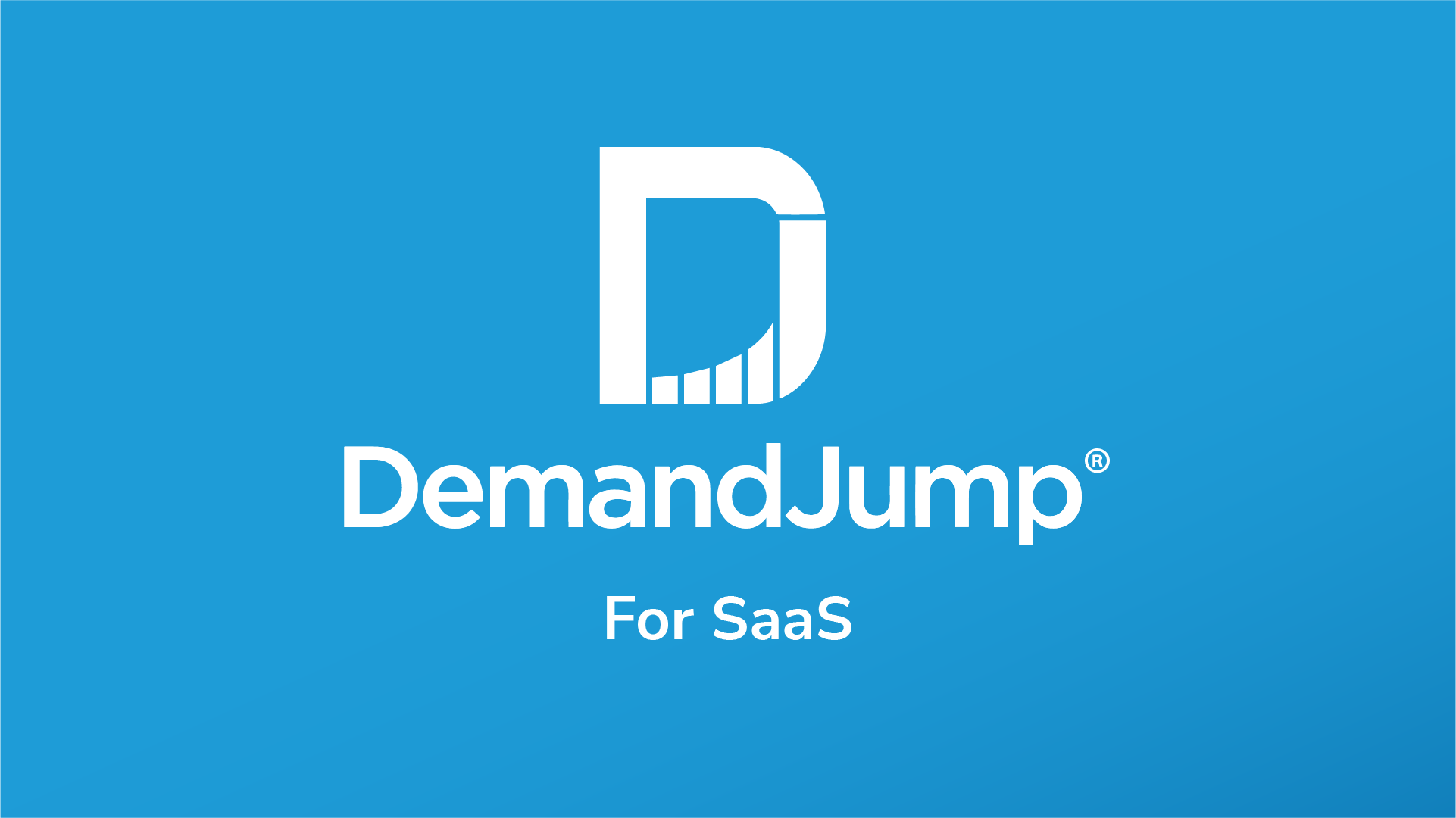
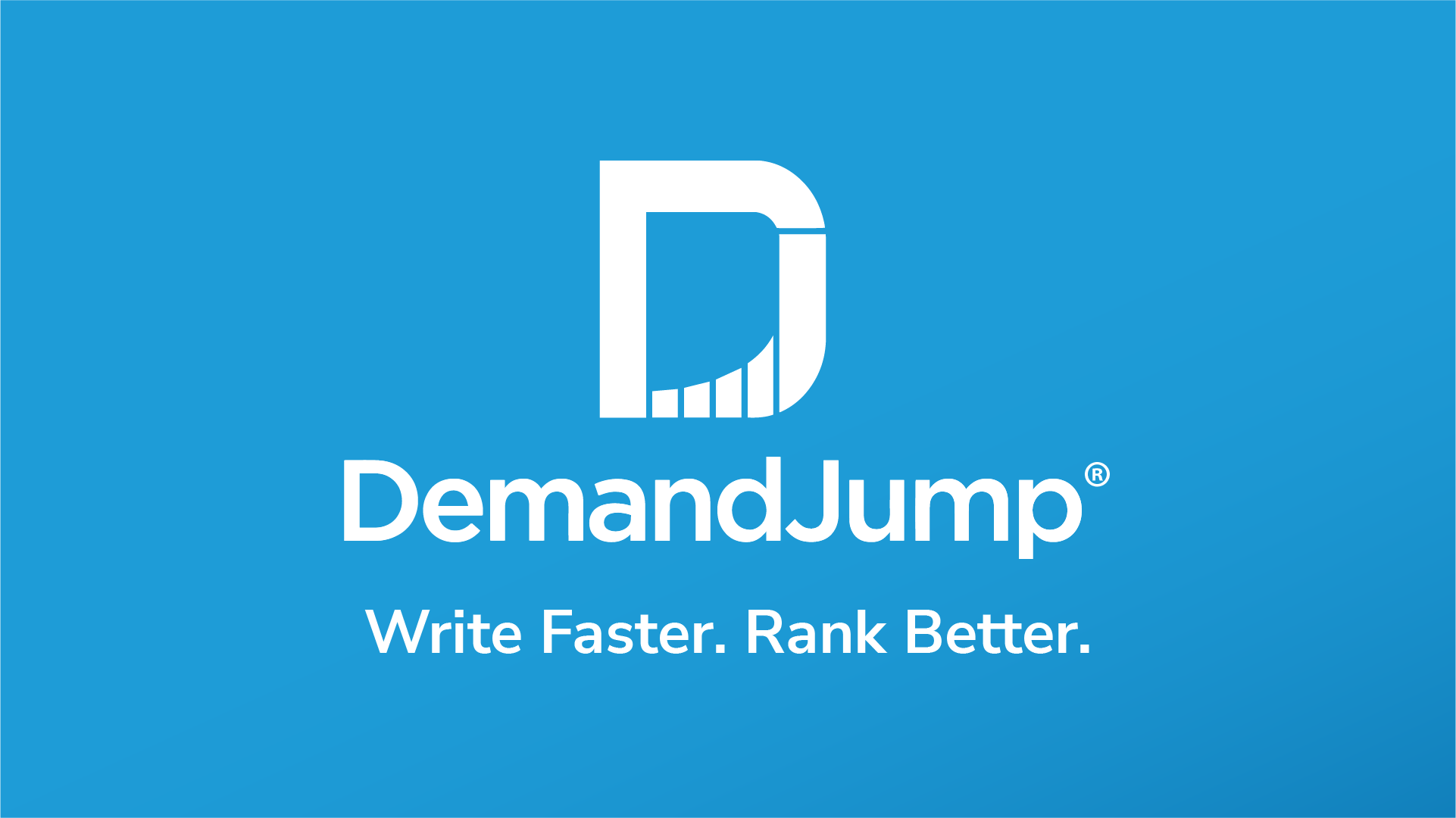
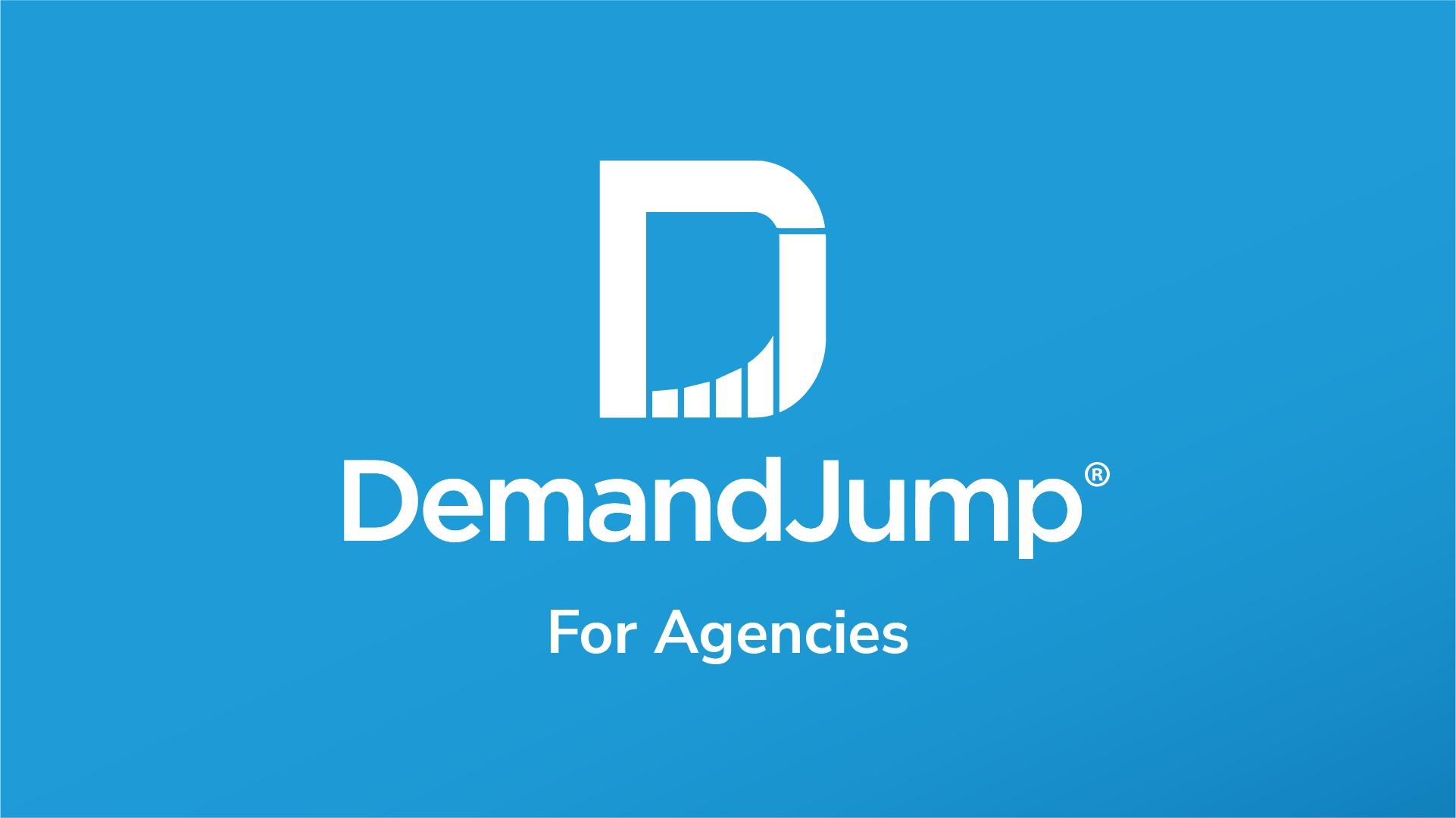
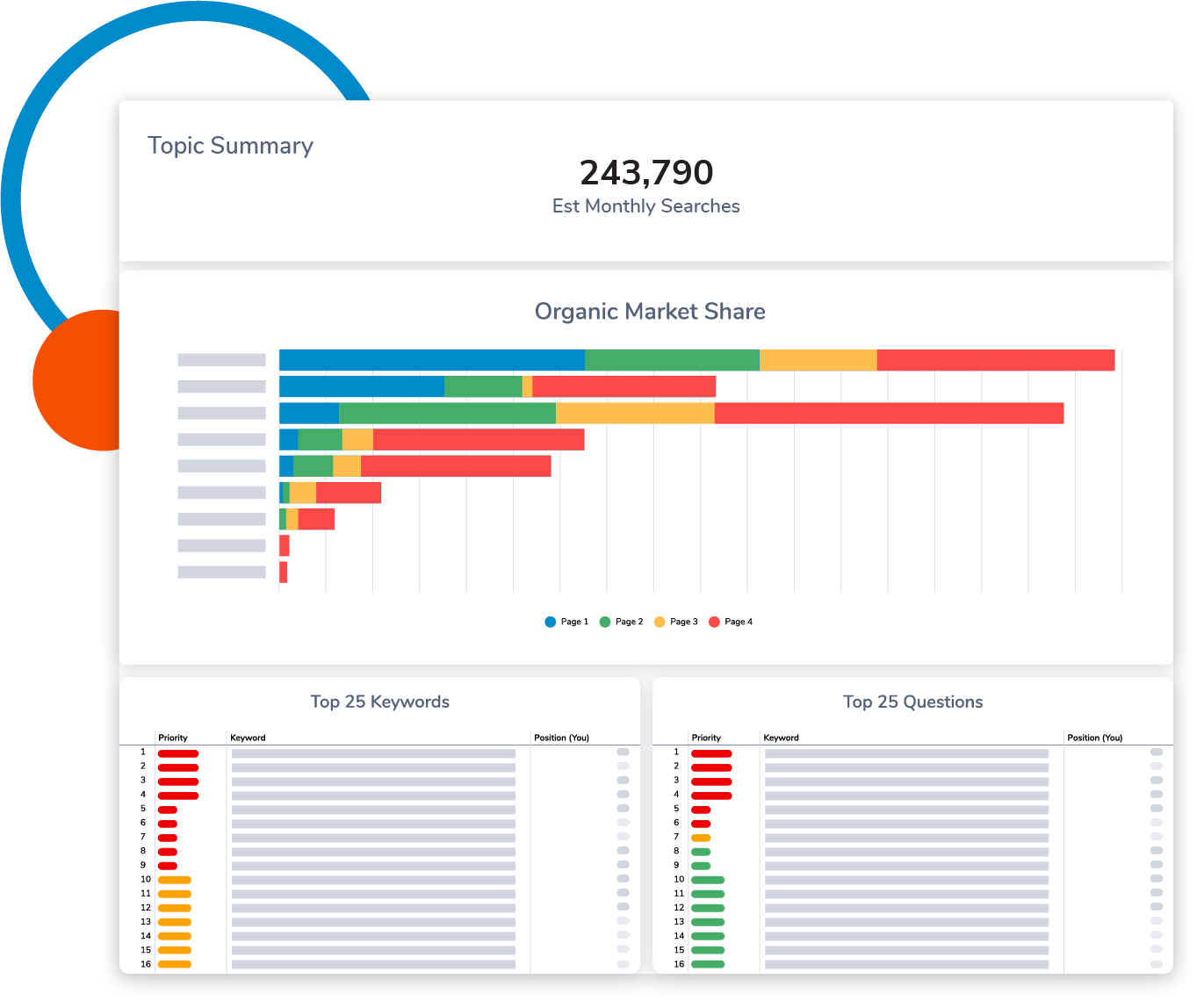
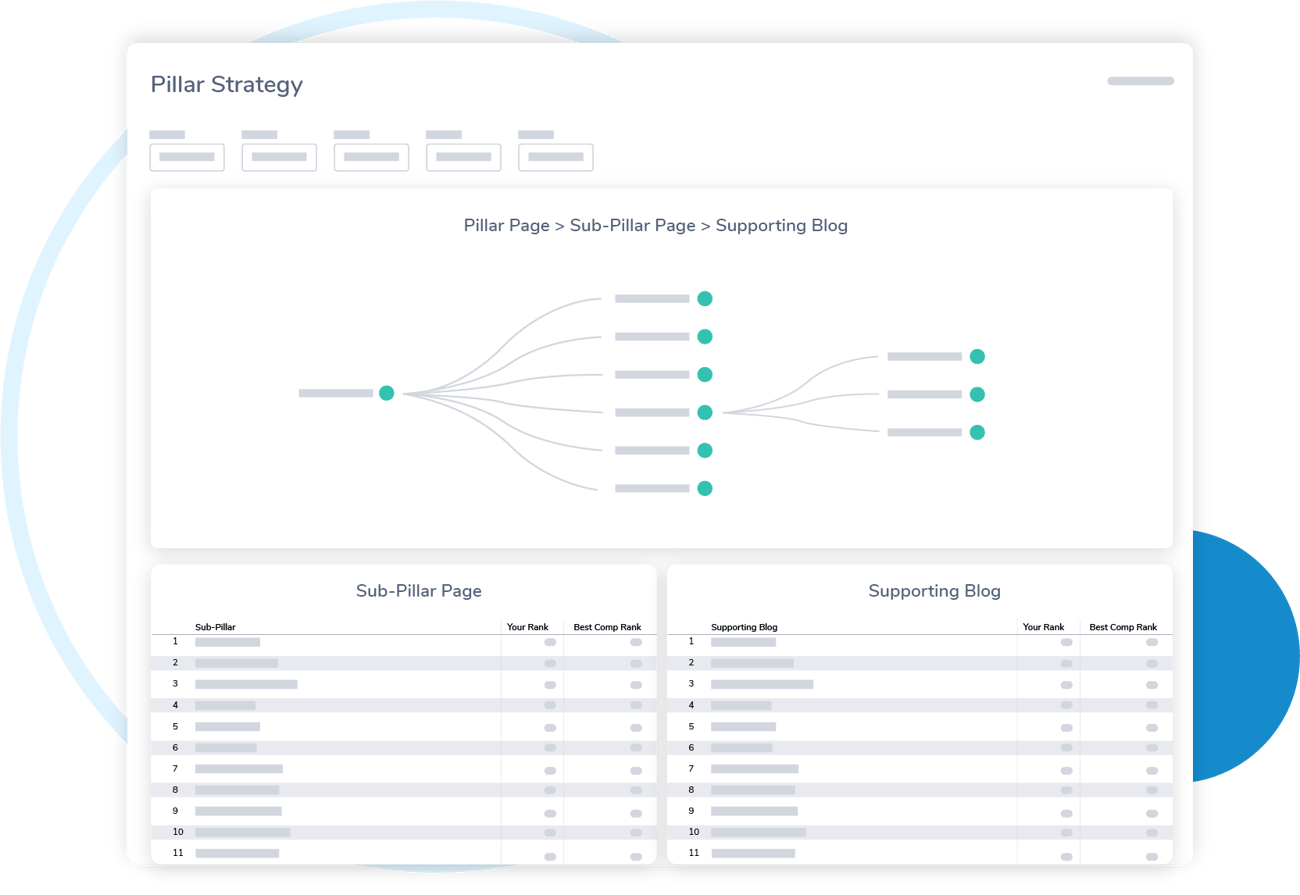
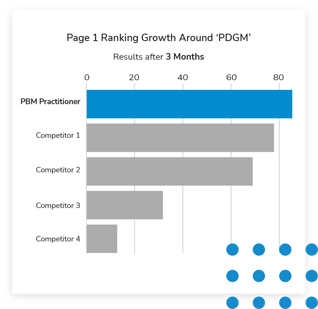

/List%20Graphic%20(Types%20of%20Content%20Marketing).png?width=1200&name=List%20Graphic%20(Types%20of%20Content%20Marketing).png)
/Quote%20Graphic.png?width=1200&name=Quote%20Graphic.png)